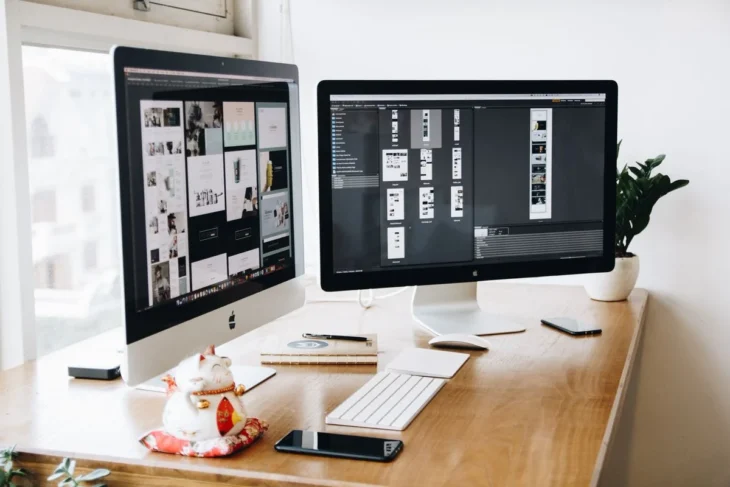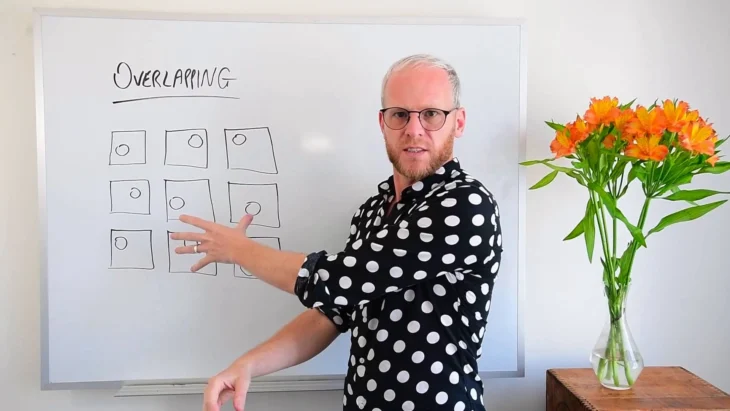It’s pretty interesting how the web design field has evolved. Clearly, users now rave about better experiences than before. However, whose dimensional effort is it? Web designers! Much as we respect web developers, I’ve come to understand that web designers are often treated as a backdrop yet play a crucial role in the web development process. More so, the title of ‘web developer’ sounds weighty, which downplays the work of our beloved web designers.
Either way, you should be cool to be a coolant! Good web designers like ThrillX Design won’t give you a run for your money. In fact, they offer remarkable experiences for you to work with them. For that matter, if you’re a web developer longing to stay at the top of the game, it’s pretty essential to dive into what can make you a pro. Here are the must-know upcoming web design trends from expert web developers.
Contents
1. Sleek & Neat Design

Source: financesonline.com
It’s not only beautiful and catchy; a sleek web design showcases a great range of professionalism which makes it suitable for law firms, pharmaceuticals, real estate, and travel agencies. Sleek web designs generally require bold typography, clear-pixel color scheme, and images. Like other web designs, a neat web design will require you to have a clear goal of crafting a website.
Precisely, a web designer must be selective on colors. Basically, neutral colors make it easier to produce clear-cut headlines and an excellent alignment.
2. Dark Mode
Dark mode interfaces have been around for quite some time, and they are expected to hold their place. A dark mode is not only excellent for engagement purposes, but it reduces eye constraint. Commonly, dark UIs portray a brand’s power; that’s why they are excellent for websites advertising cars, watches, or specializing in photography. Also, in particular businesses like entertainment, you can never go wrong with a dark mode design. Here you can create a website knowing that you’re tapping on creativity and professionalism, showcasing prowess.
Among the considerations that count before opting for a dark theme include the brand and usability. Normally, brands associate themselves with specific colors. That isn’t bad but getting it wrong for a UI design can backfire. So, it’s essential not to go too dark, and the color palette must be friendly.
3. Minimalist
Minimalism in web design has become a top choice over the years. With a minimalist approach, a web designer is always keen to keep it simple and seamless. Although many think that it’s all about ‘white space,’ there is a lot of art that comes with a minimalist design. A web designer is tested to showcase their skills with only colors and space. With that,colors, content, CTAs and other elements must be properly placed.
There are many reasons why minimalist web designs will remain a trend. These include the fact that they are pretty responsive, user-friendly, and come with ideal navigation.
4. Voice Search
Users are drawing more towards better experiences on search engines, and many wouldn’t prefer typing their queries. For that matter, voice searches or voice-activated interfaces are taking root, and this trend isn’t expected to fade away soon. AI chatbots ensure an effective interaction with users fond of them, and they are more like humans, and this can help build customer relationships.
Voice search elements are ideal for eCommerce websites and applicable for entertainment. Ensure to engage a website owner if you think voice chatbots are ideal for their site.
5. Overlapping Design
We’ve seen it, and it works! Incorporating overlapping elements on a site is a good start to show creativity, but the designer must be extra careful. An over-lapping design must be implemented in a way that text or vital content remains visible to the user. Readability and consistency are also other concerns to keep in mind. Altogether, a site must facilitate an intuitive interaction, which is a crucial goal in web design.
6. Page Load Speed
Apart from search engines prioritizing the need for fast-loading sites, users also prefer sites that load faster. The need for faster loading websites has grown over the years with the fact that technological advancement facilitates it. Nowadays, half of the web users will abandon a site that takes long to load. Precisely, any website that takes longer than 3 seconds to load loses more users than its counterparts.
As a technical aspect of web design and SEO, it’s essential to keep up with Google’s Page speed insights to learn ways of optimizing a page’s load speed. It stands as one of the primary tasks of a developer.

Source: thelandingpagecourse.com
A site’s navigation has a huge impact on its performance. Precisely, the selected navigation structure can help improve conversions, leads, sales or increase the site’s bounce rate. There are different types of website navigations; however, most people have it in mind that they will always find the navigation menu in the headers.
However, there are also sidebars and footers. Select an ideal navigation structure to help website visitors navigate a site seamlessly. Also, remember that a site’s navigation is connected to user experience. CTAs, colors, fonts, images, and contact info must align for the best experience.
Work on Your Expertise!
A lot of times, clients or website owners aren’t aware of the core practices of the web design and development field. With that, they highly depend on web designers to bring their business ideas to life. Whether it’s an eCommerce site or a blog, there is a range of technology platforms or website builders to explore before the final decision is made. Depending on the business goals, a good web designer can suggest the best options for an excellent website.
Final Thoughts
Web design highly influences the performance of a website. In the digital-first world that we live in today, it’s essential to stay updated with the evolving trends to help produce the best web experiences. Besides the trends mentioned above, web designers should keep their sites mobile-friendly, simple, and functional.


